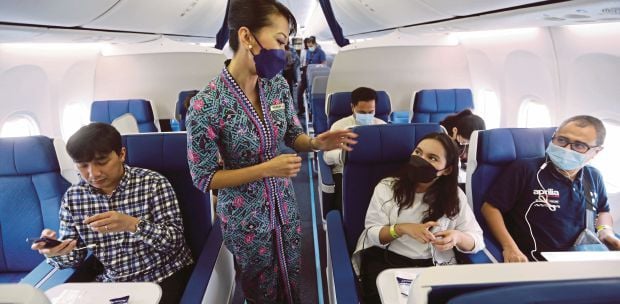KUALA LUMPUR: The Civil Aviation Authority of Malaysia (CAAM) has issued a safety alert due to a surge in bird strikes at Malaysia's airports, prompting aerodrome managers to enhance awareness of this hazard.
Chief executive officer Datuk Captain Norazman Mahmud said CAAM had ecorded a total of 66 bird strike reports at various airports nationwide in the first quarter of 2024.
He added that this period saw a notable increase of nearly 45 per cent compared to the same timeframe in 2023.
"There is a need to enhance bird hazard awareness among all aerodrome personnel, from aerodrome management to ground staff, airport operators and air traffic controllers.
"This will ensure a coordinated and proactive approach to bird strike prevention," he said in a safety alert announcement published on CAAM's website.
Norazman noted that with the increasing number of flights, the likelihood of bird strikes has also risen.
Therefore, he emphasised the importance of raising awareness among aerodrome stakeholders regarding the potential hazards posed by birds to aviation safety.
To address the issue, Norazman encouraged airport operators to develop comprehensive training programmes that provide aerodrome personnel with current insights into bird strike prevention, encompassing aspects such as bird behavior, identification techniques, and proper reporting procedures.
He said these programmes should be mandatory for all relevant personnel.
Norazman also called for the implementation of an efficient bird strike reporting system that encourages timely and accurate reporting of bird-related incidents.
He added that airport operators should foster partnerships with local wildlife management agencies to adopt best practices in bird control and habitat management.
He said this collaboration can provide valuable expertise and resources to address bird hazards effectively.
In addition, Norazman suggested that airport operators could explore the use of modern technologies, such as radar systems, bird deterrent lasers and acoustic devices to deter and detect birds near aerodromes.
He noted that continuous research and development in this field can lead to more effective bird control method.
"Enhancing bird hazard awareness at aerodromes is paramount for safeguarding aircraft, passengers, and personnel. Implementing the strategies outlined in this article may enhance aerodromes' ability to prevent and address bird strikes effectively.
"Embracing a proactive stance toward bird hazard awareness is key to fostering safer skies and ensuring the resilience of the aviation industry," he said.





